Testicular Pain and the Most Frequent Causes
Different causes can lead to the creation of testicular pain, but the most common factor is the inflammation of the testicle and epididymis, especially in men over 18 years of age.
This condition affects children very rarely and it can be caused by bacteria or a virus. As for viruses, mumps can be dangerous in puberty because it attacks the testicles. Also, one of the main causes of testicular pain is a urinary infection, which can complicate and induce testicular pain.
If testicle inflammation happens often, doctors should check for congenital malformation. Inflammation in a large number of men affects both, the right and left testicles, and it is followed by pain, redness, fever, increased body temperature, etc. Treatment includes antibiotics and analgesics, while plenty of rest is also recommended.
- Chronic orchialgia may also be associated with chronic pelvic pain syndrome (CPPS), possibly through intraprostatic reflux, or the 2 may sometimes be describing the same entity. Up to 50% of men with chronic pelvic pain syndrome or chronic prostatitis will also claim to have chronic orchialgia.
- Pelvic floor muscle dysfunction or spasms can play a role in CPPS but may also be involved in some cases of chronic orchialgia.
- There is often a psychological component in chronic orchialgia including such problems as somatization disorder, major depression, chronic pain other than in the genitals and chemical dependency. When no specific etiology can be identified, which happens in about 25% to 50% of all cases, it is called idiopathic chronic orchialgia and is thought to be due to neurogenic inflammation or nerve sensitization possibly from prolonged overstimulation.
- Chronic orchialgia most commonly appears in men in their mid to late 30s, and the incidence is increasing. It tends to be associated with male factor infertility, chronic prostatitis, lumbar and back pain, stress, and irritable bowel syndrome.
- A urinalysis and urine culture should be routinely performed. A semen culture should be obtained in selected patients. Testosterone and B-12 levels are often deficient in many patients (76%) with chronic orchialgia. Some pain relief has been reported when restorative therapies have been utilized.
- A multi-disciplinary approach to patients with chronic orchialgia is recommended. This would ideally include pain management specialists, psychiatry, pelvic floor physical therapists as well as primary care and urology. This type of approach along with conservative therapy should be tried before resorting to invasive and irreversible surgical procedures.
More Causes of Testicular Pain
Another cause of testicular pain is edema of the scrotum, which is full of connective tissue, and therefore, swelling might occur easily. Edema is caused because of the infectious inflammation of the scrotum.
Swelling and redness are present and if bacteria is involved, changes on the skin are possible, which also leads to strong testicular pain. Depending on the cause, antihistamines are prescribed, and cold bandages might be used, too. For bacterial edema of the scrotum, testicle elevation is also important.
Another cause of testicular pain is trauma, especially in the teenage period, when the children are active the most. The next etiological factor could be torsion of the testicle, which happens often in infants and in adolescents. This condition occurs when the blood vessels and nerves that connect the testicle with the surrounding environment twist around their axis.
Testicular torsion may occur in the neonatal period as well, and even though it occurs in more than 10% of testicular torsions, in rare cases testicles can be saved.
Intravaginal torsion happens most often and it emerges in adolescent age. It happens to testicles that are not firmly attached to the scrotum and there are usually some additional factors included, such as trauma, hyperactivity, sudden change of outer temperature, etc.
This torsion usually affects the left side, because the testicle handle is longer on that side. Damage inflicted on testicle tissue depends on the torsion level and the period of the torsion. This condition requires immediate surgery because necrosis of the testicle might happen.
Torsions inflict the most intensive testicular pain followed by nausea and vomiting, but swelling and redness are present, too.


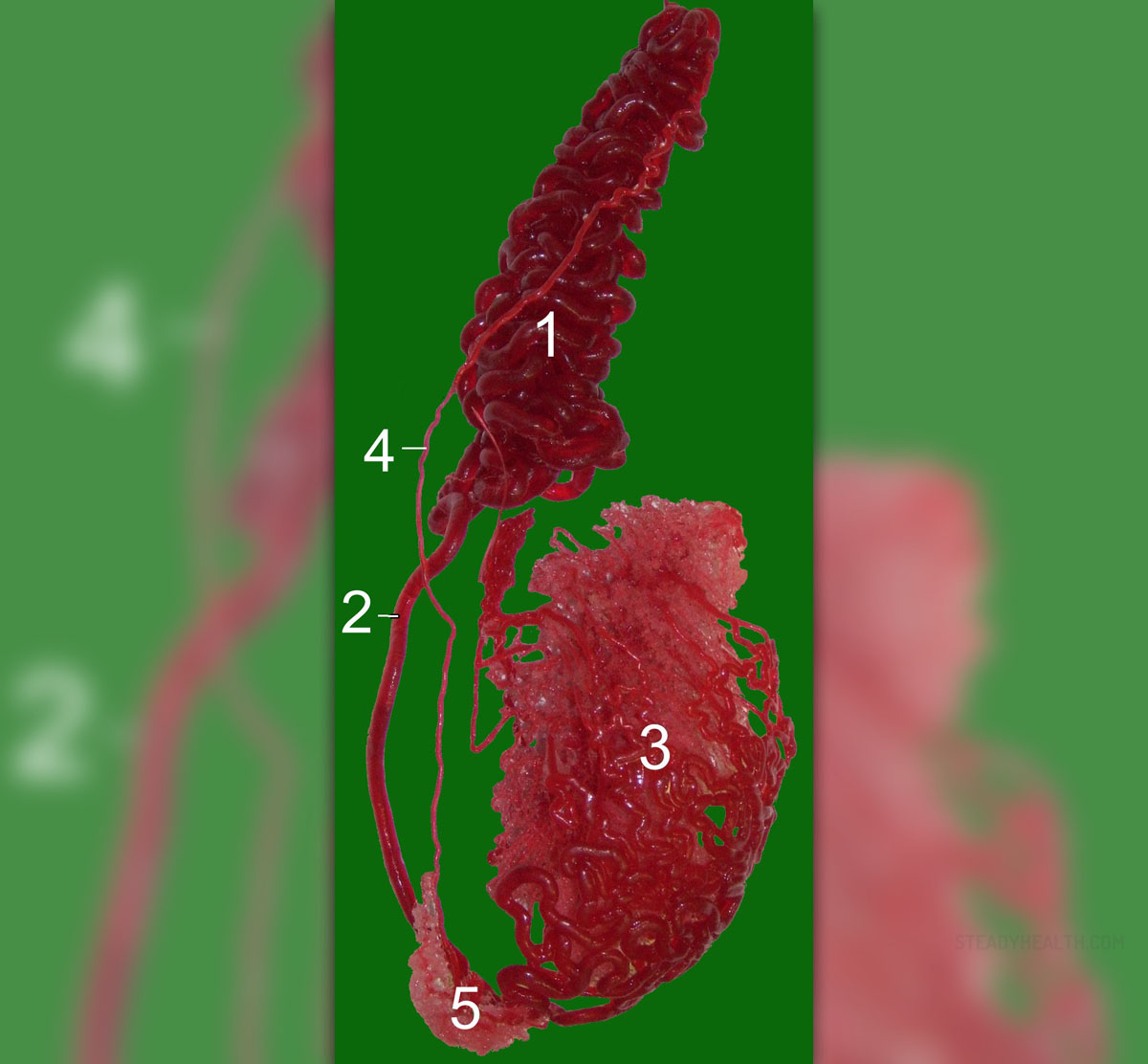
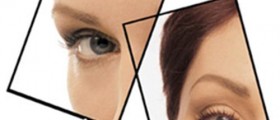
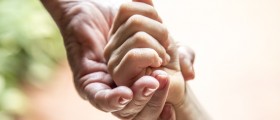

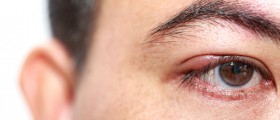
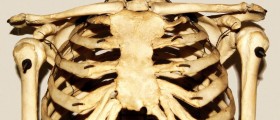
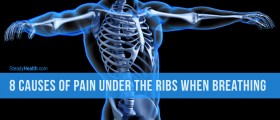
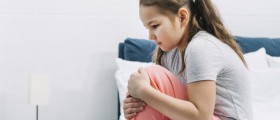
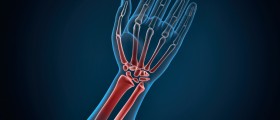
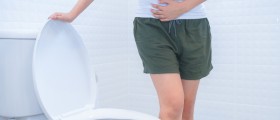

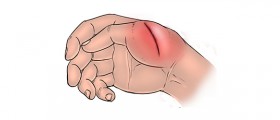
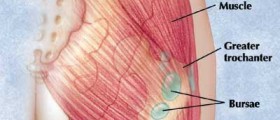
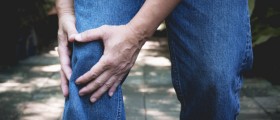
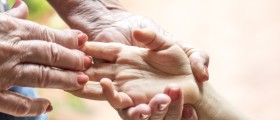
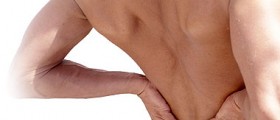
Your thoughts on this
Loading...